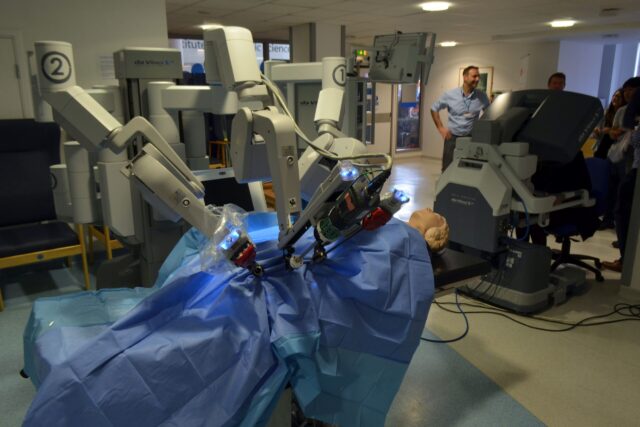The Future of Robotics in Healthcare: Innovations and Trends

About Course
Imagine a future where robots assist surgeons with precision beyond human capabilities, help elderly patients walk again with exoskeletons, and allow doctors to remotely care for patients thousands of miles away. That future is already unfolding. The Future of Robotics in Healthcare explores how cutting-edge robotic technologies are revolutionizing the medical landscape—enhancing patient outcomes, increasing healthcare efficiency, and reshaping how medicine is delivered.
This course dives deep into the dynamic world of healthcare robotics, providing students with real-world case studies, up-to-date innovations, and emerging trends that are set to redefine the industry. From robotic-assisted surgeries to AI-enhanced diagnostic tools and ethical debates around automation in patient care, learners will gain a comprehensive understanding of both the promise and the challenges of robotics in medicine. Whether you’re a student, healthcare professional, or technology enthusiast, this course will open your eyes to a transformative field at the intersection of robotics, medicine, and artificial intelligence.
Course Content
Introduction
Brief overview of the Current state of healthcare robotics and the role of robotics in the industry
00:00Purpose of the eBook and what readers can expect to learn
00:00